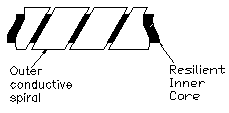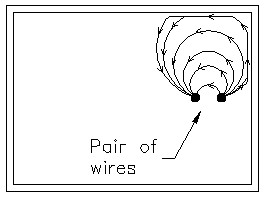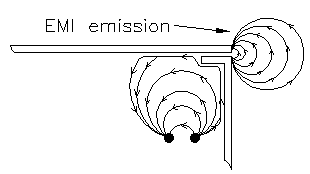Compact PCI Connector
THE EMI GASKET
The EMI (ElectroMagnetic Interference) shielding is
achieved using a continuous flexible EMI gasket placed with a carefully
manufactured channel in the extruded aluminum panel.

The gasket is stainless steel ribbon wrapped & attached to an inner durable polymer tube. It is manufactured out of one continuous piece of metal, so there are no small pieces to break off which might short equipment. This design resists permanent deformation and provides sealing protection against dust, water and wind while providing excellent shielding. Testing has shown no visible wear after 1000 insertions. This gasket is rugged enough to be used in this demanding sliding application and provides as little as two pounds of closure force per inch. This low force is especially important for compact PCI front panels which may encounter high forces when multiple cards are placed into a rack.
The EMI Gasket meets the requirements
More than providing sealing protection against dust,
water, wind and an excellent compression seal which allows the easy insertion/extraction
of cards in racks with multiple cards, this EMI gasket will reduce the
Electromagnetic Interferences. This gasket should provide shielding effectiveness
from 100MHz through 10GHz per Mil-G-83528, para. 4.6.12. It should allow
you to meet FCC and Mil Std 285 requirements, providing 10db o more at
1GHz.
What creates EMI and why I should care?
EMI used to be a nuisance. You may have experienced
static on your radio, waves floating across your television screen and
the like. Now, with the advent of "fly-by-wire" aircraft and
antilock brakes, EMI is potentially life-threatening.

Any pair of wires operating either inside or outside
your box act as an antenna and cause an Electromagnetic Interference (EM)
field to radiate. Then, from a circuit theory perspective, when that EM
field strikes your box, it causes a current to flow.

When a metal box has a cover on it, the flowing current meets resistance at the joint between the cover and the chassis. This creates a voltage differential across the joint which will radiate a secondary EM field either into your box or out of your box.